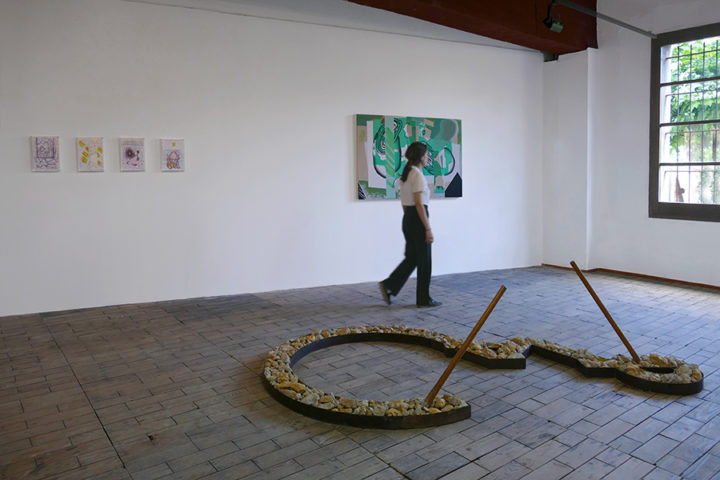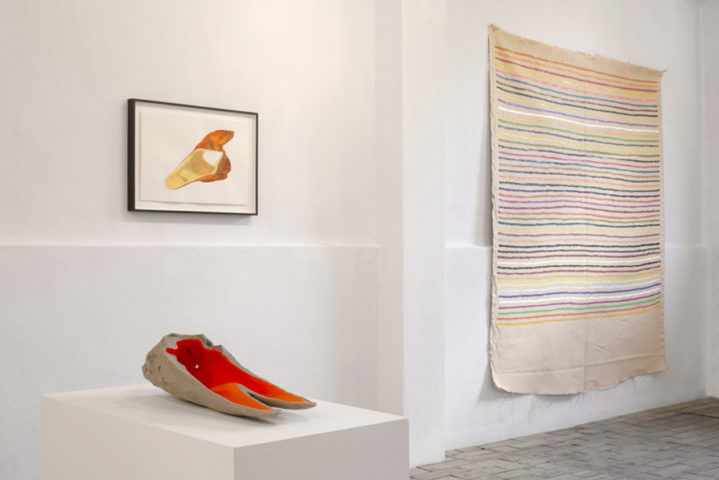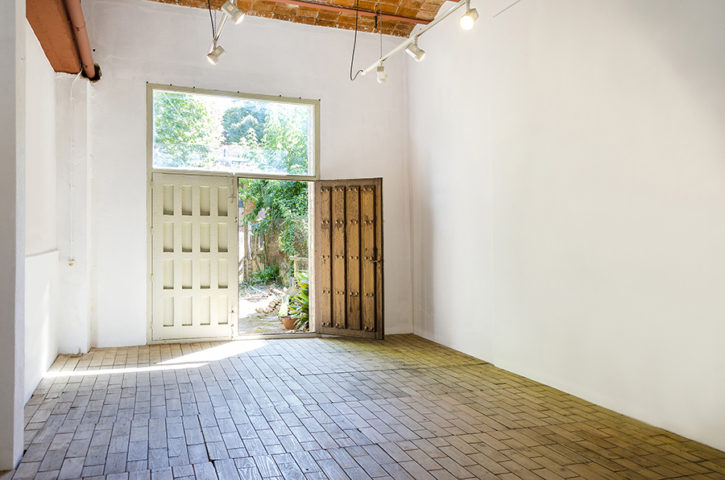Revelacions sobre una esfera informe.
Fonteta, 17 Juny – 28 Agost, 2022
Estem contents de tornar a presentar el projecte col·laboratiu de Bombon, Joan Prats i NoguerasBlanchard a Fonteta (Empordà). La proposta per a aquesta temporada reuneix de nou artistes de les tres galeries i de diferents generacions en un format expositiu que s’articula talment es tractés d’un cadàver exquisit. El poeta Eduard Escoffet ha escrit un text de presentació d’aquest projecte.
Partint d’aquest mateix acte d’intercanvi col·lectiu, durant l’estiu de 2022, els artistes convidats en l’espai, el primer dels quals és el Bisbalenc Pere Noguera, seran els encarregats de seleccionar als següents, i així consecutivament, fins a tancar un cicle de propostes expositives formades per obres que abasten diferents generacions i imaginaris.
Capítol 1: inauguració dissabte 25 de juny
Pere Noguera, Luis Gordillo, Ludovica Carbotta (Sala 1)
Pere Noguera, Anna Dot, The Late Estate Broomberg & Chanarin (Sala 2)
Capítol 2: inauguració dissabte 16 de juliol
Ludovica Carbotta, Muntadas, Francesco Arena (Sala 1)
The Late Estate Broomberg & Chanarin, Jordi Mitjà, Rasmus Nilausen (Sala 2)
Capítol 3: inauguració dissabte 6 d’agost
Francesco Arena, Victoria Civera, Perejaume (Sala 1)
Rasmus Nilausen, Angela de la Cruz, Lola Lasurt (Sala 2)
Capítol 4: inauguració dissabte 18 d’agost
Perejaume, Pere Llobera, Ignacio Uriarte (Sala 1)
Lola Lasurt, Mercedes Azpilicueta, Fernando Prats (Sala 2)
c/ Empordà, 10, Fonteta, Girona
Juny: Divendres a diumenge de 17 – 21h
Jul i Ago: Dilluns a diumenge 17 – 21h



